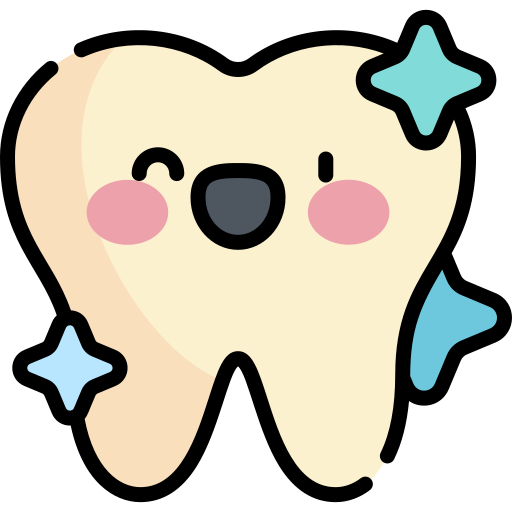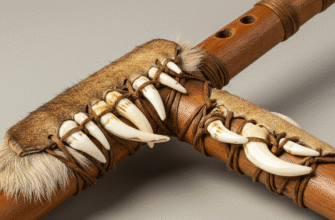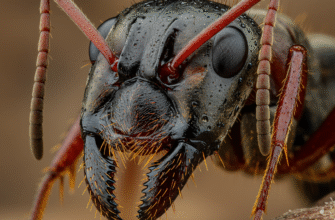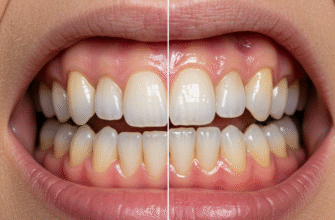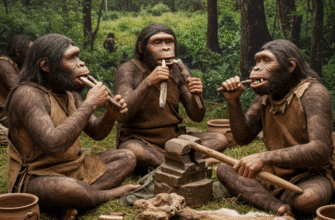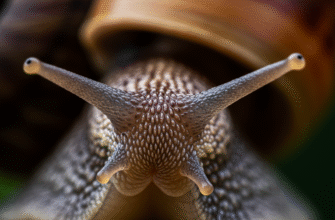When we think of an animal meticulously preening itself, images of a cat licking its paw or a bird carefully arranging its feathers often spring to mind. The tongue, paws, claws, and beaks are undeniably star players in the world of animal personal hygiene. Yet, nestled within their jaws, teeth often play a surprisingly crucial and versatile role in these intricate grooming rituals. Far beyond their primary functions of tearing, grinding, or capturing food, teeth serve as precision tools, combs, and even social facilitators in the daily upkeep of many species.
The Feline Masterclass in Dental Detailing
Cats are perhaps the quintessential groomers, dedicating a significant portion of their waking hours to maintaining their immaculate coats. Their barbed tongues, covered in tiny, backward-facing keratinous spines called papillae, act like remarkable Velcro brushes, efficiently trapping loose fur, dirt, and debris. But the tongue doesn’t do all the work alone. Watch a cat groom, and you’ll often see it contort into almost yogic positions to reach every spot, frequently employing its teeth in the process.
The small incisors at the front of a cat’s mouth are particularly adept for fine-detail grooming. These teeth can nibble and pluck at specific areas, dislodging stubborn bits of dirt, mats, or even unwelcome ectoparasites like fleas and ticks. If a burr is tangled deep in their fur, a cat might use its incisors with surgical precision to work it free. This dental toolkit allows for a level of grooming that the broader strokes of the tongue might miss. They can also use their teeth to scratch an itch in a hard-to-reach spot, often accompanied by a vigorous shake of the head.
Verified Grooming Fact: A cat’s incisors and canines are not just for eating. They are also employed with remarkable dexterity for targeted grooming, helping to remove parasites, detangle fur, and address specific irritants on their skin and coat. This dental precision complements the work of their specialized tongues.
Furthermore, teeth play a role in allogrooming, or social grooming, among cats. Friendly felines will often groom each other, and this behavior frequently involves gentle nibbling with the front teeth, particularly around the head and neck areas that are difficult for an individual to reach. This not only helps maintain hygiene but also strengthens social bonds within a group.
Beyond Cats: A Look at Dental Grooming Across Species
The use of teeth in grooming is far from exclusive to felines. Many other animals have evolved to incorporate their dentition into their self-maintenance routines, sometimes in highly specialized ways.
Rodent Refinement: Incisors as Combs
Rodents, with their ever-growing incisors, are another group that frequently employs teeth for grooming. Squirrels, for instance, can be observed meticulously combing through their fur with their sharp front teeth, removing debris and parasites. Beavers take it a step further; after applying oil from their castor glands with their paws, they use their incisors to spread it evenly, waterproofing their dense fur. This dental combing action is vital for maintaining the insulative properties of their coats, essential for their semi-aquatic lifestyle.
Primate Polish: The Specialized Toothcomb and Social Nibbling
Primates exhibit a fascinating diversity in dental grooming. Perhaps the most striking adaptation is the toothcomb found in strepsirrhine primates, such as lemurs, lorises, and galagos. In these animals, the lower incisors and canines are elongated, slender, and procumbent (projecting forward), forming a comb-like structure. This specialized dental tool is used to meticulously groom their fur, removing dirt, loose hairs, and ectoparasites. The gaps between these teeth allow debris to be sifted out efficiently.
Other primates, like monkeys and apes, while lacking a true toothcomb, still use their incisors and sometimes canines for grooming. Allogrooming is a cornerstone of social life for many primate species. Individuals will spend hours picking through each other’s fur, using their fingers and teeth to remove parasites, dead skin, and debris. This is not just about hygiene; it’s a critical social currency, reinforcing bonds, reducing tension, and establishing hierarchies within the group.
Marsupial Maintenance: Syndactyly and Dental Aids
Many marsupials also incorporate teeth into their grooming repertoire. Some species, like kangaroos and wallabies, possess syndactylous toes on their hind feet – where the second and third digits are fused but have separate claws – forming a grooming comb. After using these specialized toes, they might employ their lower incisors for more detailed cleaning, particularly for removing parasites or matted fur. Opossums, known for their fastidious grooming, also use their teeth alongside their paws and tongue to keep their fur in good condition.
Ungulate Upkeep: Nibbling for Relief
Hoofed animals, or ungulates, such as horses, deer, and cattle, might not seem like obvious candidates for dental grooming, but they too use their teeth. They often nibble at their skin with their incisors to relieve itches, dislodge insects, or remove burrs and other plant matter from their coats. Horses are particularly known for mutual grooming, where two individuals will stand side-by-side, head to tail, and gently nibble at each other’s backs and withers. This behavior, similar to primates, serves both a hygienic and social function.
The Mechanics of Dental Grooming
The effectiveness of teeth as grooming tools lies in their shape, sharpness, and the precise control animals have over their jaw movements. Incisors, being at the front of the mouth, are typically the primary dental tools for this purpose. Their chisel-like edges are well-suited for scraping, plucking, and combing.
Animals can exert fine motor control over their lips and jaws, allowing them to manipulate individual hairs or target tiny parasites. This precision is crucial; the same teeth used for grooming must also be capable of processing food without damaging the skin or fur excessively. The interaction between teeth, tongue, and paws often creates a synergistic grooming system. For example, an animal might first lick an area to moisten it, then use its teeth to remove a stubborn piece of debris, and finally smooth the fur back down with its tongue or paws.
The angle at which teeth are applied, the pressure exerted, and the specific teeth used (incisors versus canines, for example) can all be varied depending on the grooming task at hand. This adaptability underscores the sophisticated nature of these seemingly simple behaviors.
Why Dental Grooming Matters
The role of teeth in grooming is not merely a quirky behavior; it has significant implications for an animal’s health and well-being.
- Hygiene and Parasite Control: Regular grooming, including dental grooming, helps remove dirt, dust, dead skin cells, and, critically, ectoparasites like fleas, ticks, and lice. These parasites can transmit diseases and cause significant irritation, so their removal is vital for health.
- Coat Maintenance: A well-groomed coat provides better insulation, protecting the animal from extreme temperatures. It also helps with waterproofing in aquatic or semi-aquatic species. Matted or dirty fur loses its insulative properties and can lead to skin problems.
- Injury Prevention: By removing thorns, burrs, or other sharp objects, animals can prevent minor irritations from becoming infected wounds.
- Social Bonding: As seen in cats, primates, and horses, allogrooming involving teeth strengthens social structures, reduces stress, and fosters cooperation within a group.
- Detection of Problems: While grooming, animals may also detect early signs of skin issues, lumps, or injuries that might otherwise go unnoticed, prompting them to lick or tend to the area.
This careful attention to their physical condition, aided by the versatile use of their teeth, is a fundamental aspect of an animal’s survival strategy. It’s a testament to how evolution shapes even the most common body parts for multiple, essential functions.
In conclusion, while the tongue and paws might take center stage in our perception of animal grooming, the teeth are unsung heroes in this daily ritual for many creatures. From the delicate nibbling of a cat to the specialized toothcomb of a lemur, dentition provides a level of precision and functionality that is indispensable for maintaining hygiene, health, and social harmony in the animal kingdom. The next time you observe an animal grooming, take a closer look; you might just catch a glimpse of its dental toolkit in action, performing tasks far more intricate than simply eating.
